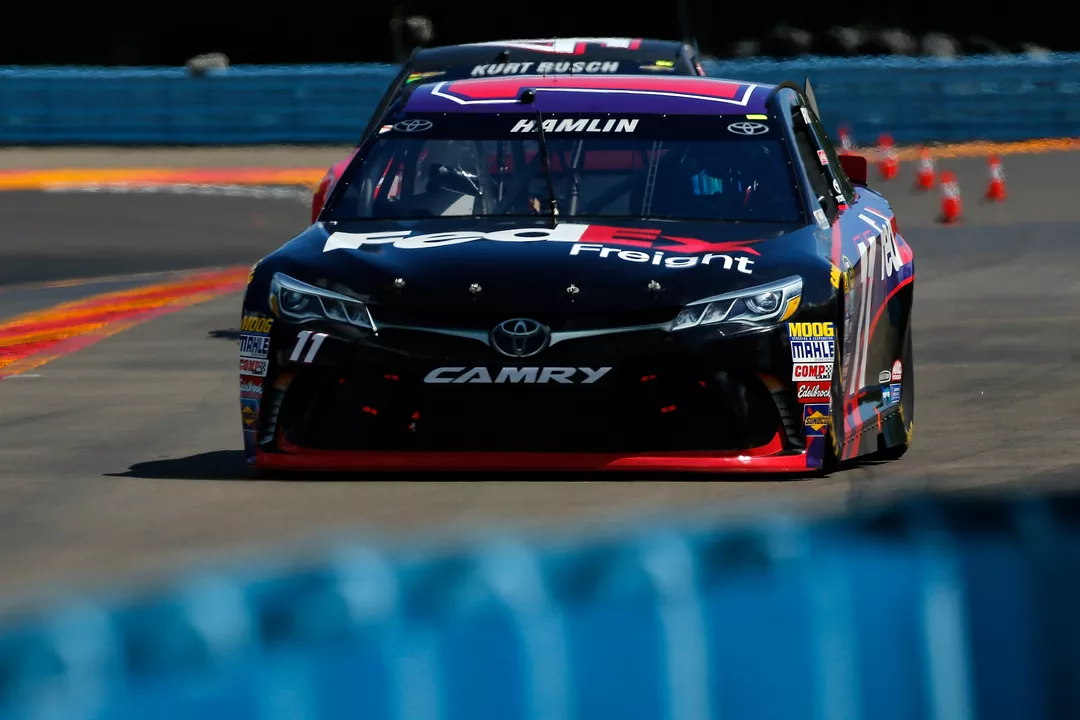Nascar: The Heartbeat of American Stock Car Racing
When you hear nascar, the premier American stock‑car series that races on oval tracks with high‑powered V8 engines. Also known as National Association for Stock Car Auto Racing, it blends speed, strategy, and a massive fan culture. Stock car racing refers to racing specially built production‑style cars on short ovals and superspeedways forms the core of nascar, while the oval track is a circuit shaped like a circle or egg, demanding precise line management and constant high‑speed cornering. Together they create a spectacle where engines roar, fans cheer, and every lap counts.
What Makes Nascar Unique?
Beyond the cars, driver skill is crucial. A driver must manage a low centre of gravity, brake early, and maintain throttle control to stay glued to the racing line—skills echoed in the post about why racing cars have a low centre of gravity. Those looking to sharpen these abilities can turn to a racing school an institution that offers hands‑on training, from karting basics to full‑scale stock‑car programs. The right school balances cost with high‑quality instruction, giving aspiring nascar racers the chance to learn vehicle dynamics, race etiquette, and mental focus before stepping onto an oval.
Another pillar of success is the pit crew a team of specialists who execute lightning‑fast tire changes, refuel, and repairs during a race. Nascar requires precise pit stop coordination; a few seconds saved or lost can swing the final standings. The pit crew’s choreography, from jacks to tire guns, mirrors the high‑stakes environments described in our "low centre of gravity" article, where every component works together for optimal performance.
All these pieces—stock‑car heritage, driver technique, pit crew efficiency, and formal training—form a web of expertise that defines nascar. Below you’ll find a curated mix of articles that touch on the sport’s skill demands, car‑tech insights, and even broader motorsport debates. Whether you’re a seasoned fan, a budding driver, or just curious about what makes nascar tick, the posts ahead offer practical takeaways and fresh perspectives to fuel your passion.
Why did NASCAR put stages in its racing?
- Daxton Whitmore
- |
- |
- 0
As a NASCAR fan, I've noticed a significant change in recent years with the introduction of stages in racing. NASCAR implemented these stages to enhance the competition and keep fans engaged throughout the entire race. By breaking the race into segments, drivers are now awarded points for their performance in each stage, making every lap matter. This new format also adds an element of strategy for teams, as they need to adapt their tactics accordingly. Overall, the addition of stages in NASCAR racing has created more excitement, unpredictability, and a better viewing experience for fans like myself.
View more